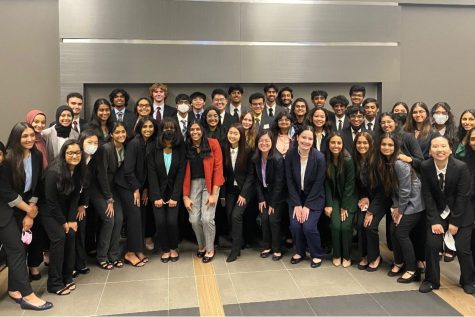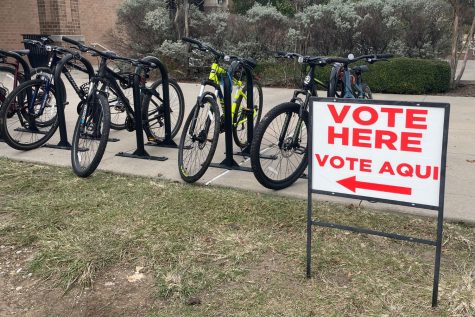Suicide a leading cause of death amongst teens
The number of attempted suicides by FISD students increased in 2014-15
In the video above, Wingspan’s Halle Barham interviews a father who has experienced what happens when a child becomes suicidal.
If the 2015-2016 school year is anything like the last two years, there will be at least one student in Frisco ISD who will commit suicide and at least 45 students across all grade levels who will attempt suicide. In the 2014-2015 school year, 13 elementary school students attempted suicide, a significant rise from the two students the year before who attempted suicide. The numbers have caught the attention of many people in the district.
“People think that people who cut or are considered “emo” are at higher risk for suicide, but there are many things that contribute to suicide ideation, such as alcohol/drug abuse, mental health illness, a personal loss, etc,” counselor Alma Campo said. “We lost a student to suicide a few years back, and I didn’t see it coming because he seemed like a very happy person. If someone had shared information about signs, would it have turned out differently?”
Our role is to get them the help they need immediately. That’s what we strive for. — counselor Alma Campo
It’s a question people across America often ask as in 2013, suicide was the 10th leading cause of death for Americans, meaning that someone dies from suicide approximately every 12.8 minutes. However for teenagers, the rates are even higher. Suicide is the 2nd leading cause of death for 15 to 24 year old Americans and more teenagers and young adults die from suicide than from cancer, heart disease, AIDS, birth defects, stroke, pneumonia, influenza, and chronic lung disease combined.
That’s one million attempts every year, one attempt every three minutes, and a completed suicide every ninety minutes.
“Even though September is Suicide Awareness Month, really every day should be about that,” Campo said. “We have kids who struggle all the time. If it is brought to our attention by another student or if a teacher overhears something, our role is to get them the help they need immediately. That’s what we strive for.”
Counselors and teachers also stress the importance of reporting and letting teachers or administration know if a student is in trouble. Although parents and teachers can look out for warning signs, peers and friends often see problems first, and a friend telling a trusted adult can often mean the difference between tragedy and getting help.
“It is important to educate the student body about suicide because students should have the tools to recognize potential concerns within their friend and peer groups so they might be able to alert an adult that someone needs help,” AP Psychology teacher Kaitlyn Little said. “Students should never, ever feel as if they need to try to help a friend alone, or as if they need to keep a secret for someone. It is always best to involve a trusted adult so the student who is struggling can be supported and recognized immediately.”
According to the American Psychology Association, 90 percent of those who commit suicide struggle with depression, a mental disorder, or a substance abuse problem. But the effects of these issues can vary based on an individual’s experience with disciplinary problems, interpersonal losses, family violence, sexual orientation confusion, physical and sexual abuse and being the victim of bullying.
“In the everyday actions of the student body, it is always best to err on the side of kindness towards others,” Little said. “Being kind to others does matter and is important, and can make a significant difference in someone’s life. One can never be too sure what someone else might be dealing with, so imagine how much good positive interactions might do if we all approached each other with respect, dignity and simple kindness.”

Sarah Philips is a senior and highly involved in the school. She has competed in UIL Journalism all four years of high school, and placed fifth in News...

Joshua Gray is a senior, the executive producer Wingspan TV ,and a student of broadcast journalism for more than six years, coming into his fourth year...







